soil types :D
1/31
Name | Mastery | Learn | Test | Matching | Spaced |
|---|
No study sessions yet.
32 Terms
gelisols
contain permafrost
Histosols
mainly composed of organic matter in upper region, bogs, swamps, etc
alfisols
similar location and characteristic to ultisols, but less weathered and acidic
andisols
formed from volcanic materials, very rare, extremely fertile, holds rainfall and nutrients very well
aridisols
found in dry areas, lack weathering, contain salt or carbonates
entisols
little to no soil development
inceptisols
moderate soil development and lack significant clay, wide range of characteristics
mollisols
prarie/grassland soil, dark surface horizon, highly fertile and rich in bases
oxisols
tropical and subtropical regions, dominated by iron oxides, quartz and clay weathered minerals, low fertility
spodosols
organic matter and aluminum, acidic organic matter interacts with rainfall dissolving metals, taiga
ultisols
formed in humid areas, very weathered, low fertility, relatively acidic and some clay
vertisols
clay rich soil that sinks and swells exponentially due to water, can form large cracks when dry, highly fertile but water may pool
sand
largest particle size
silt
size between sand and clay
loam
roughly equal proportions of sand, silt and clay
porosity
ability to hold a fluid
clay
smallest particle size
gelisol
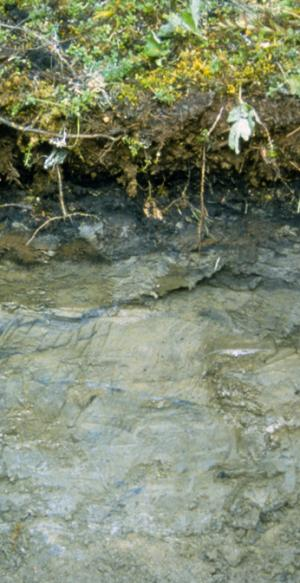
histosols

spodosols
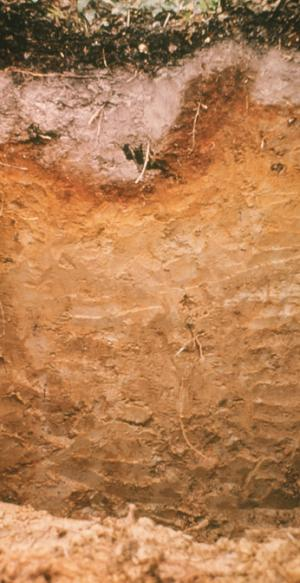
andisols
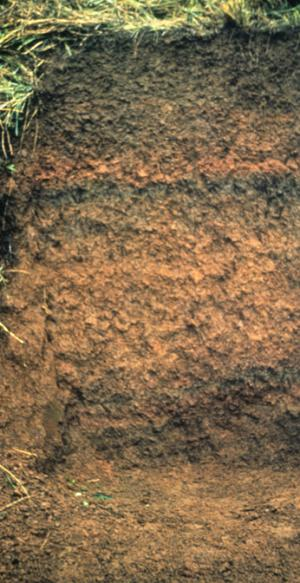
alfiisols
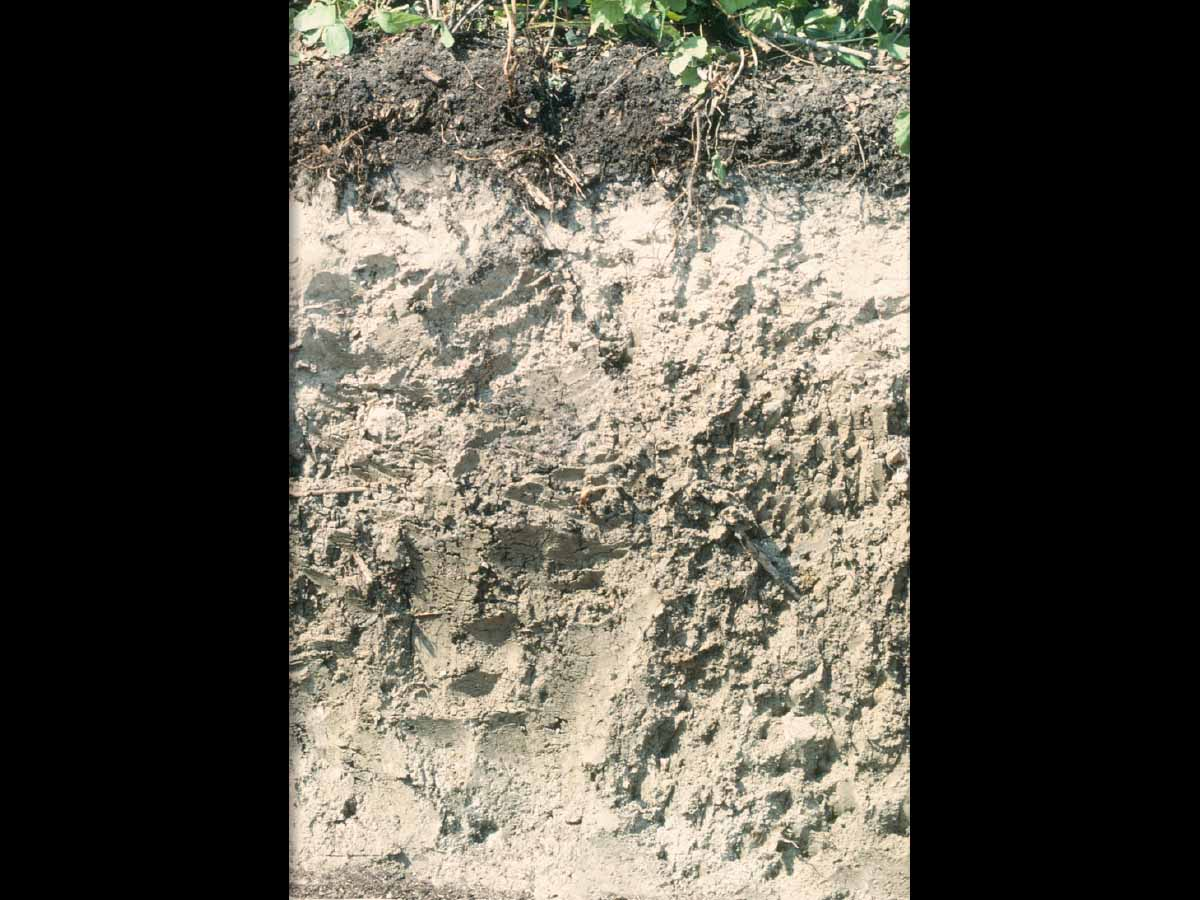
aridisols
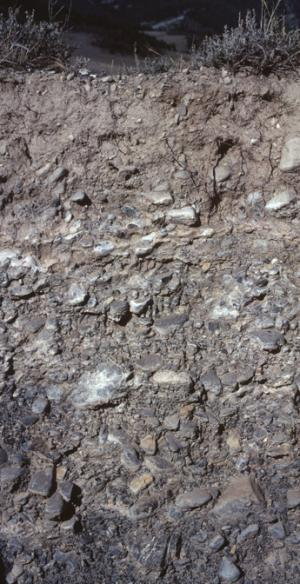
vertisols
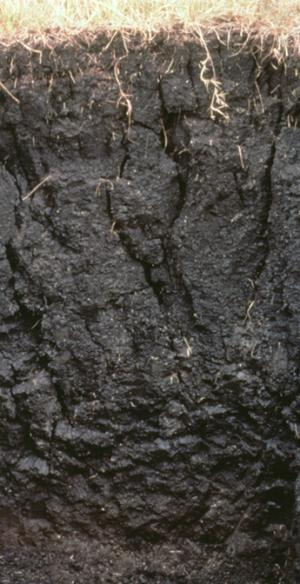
ultisols
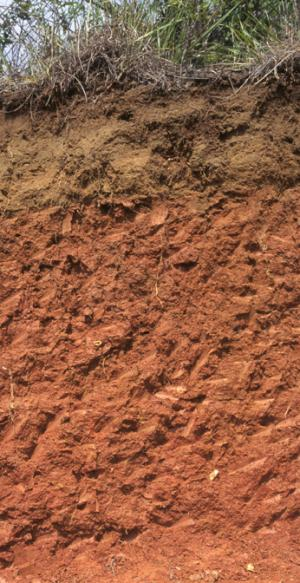
oxisols
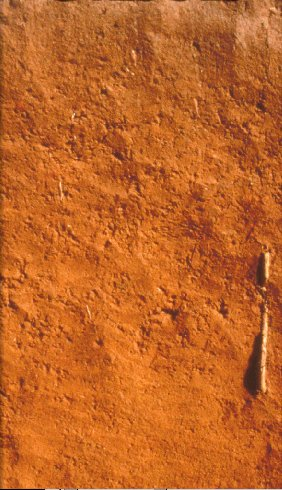
entisols
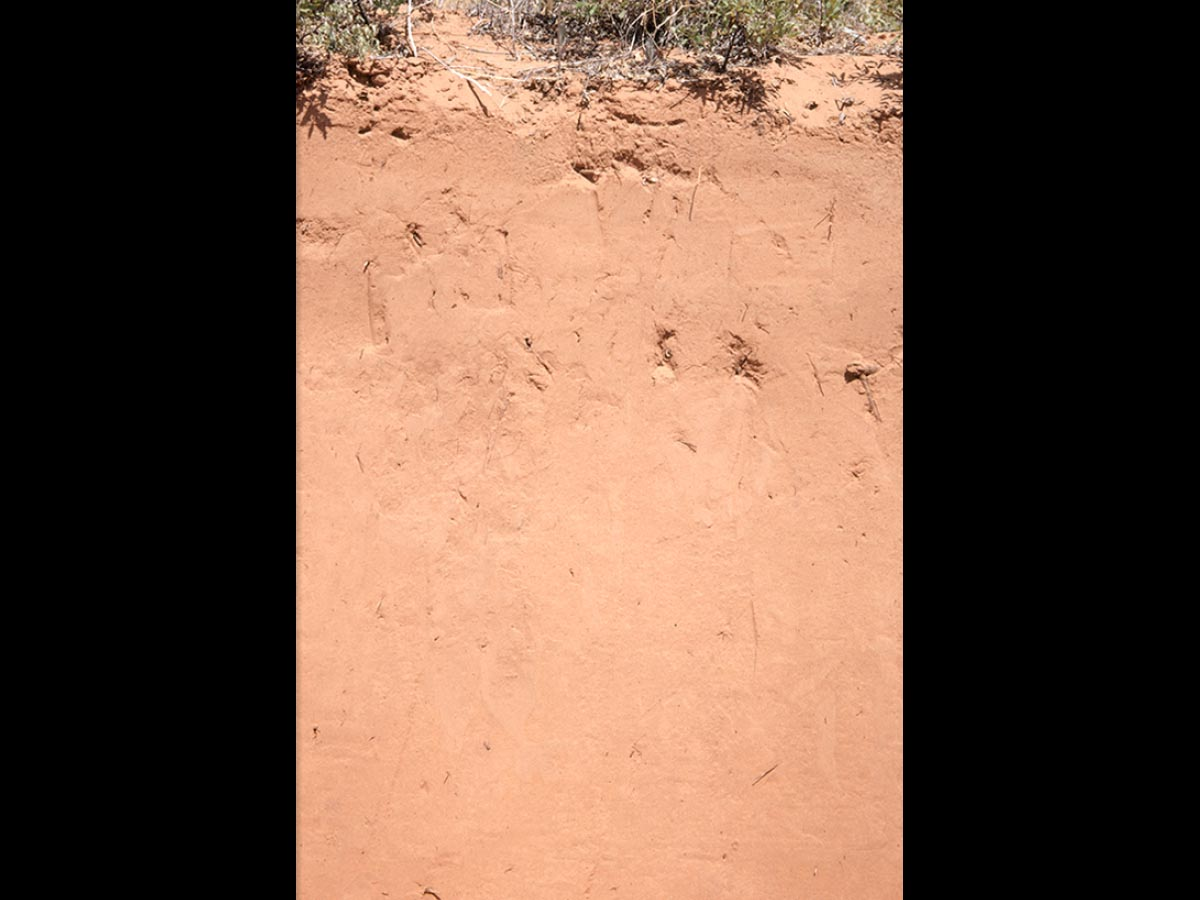
inceptisols
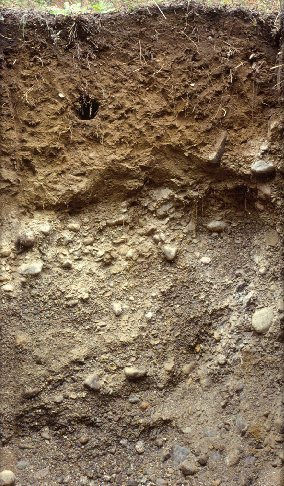
mollisols
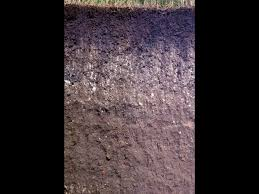
solum
A + B horizons, affected by soil formation
loess
Wind-deposited silt that forms fertile soils
fragipans
Soil layers with dense, brittle texture that restrict root growth and water movement